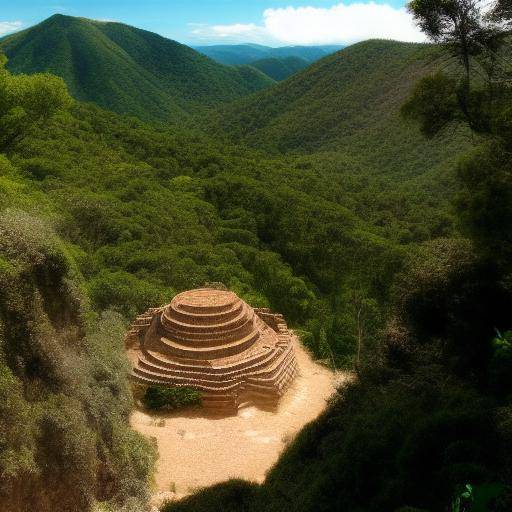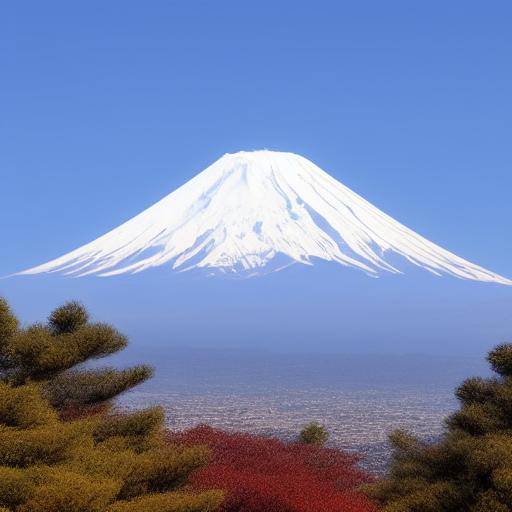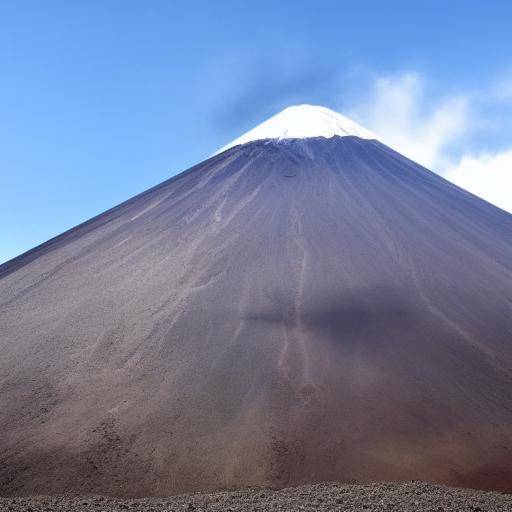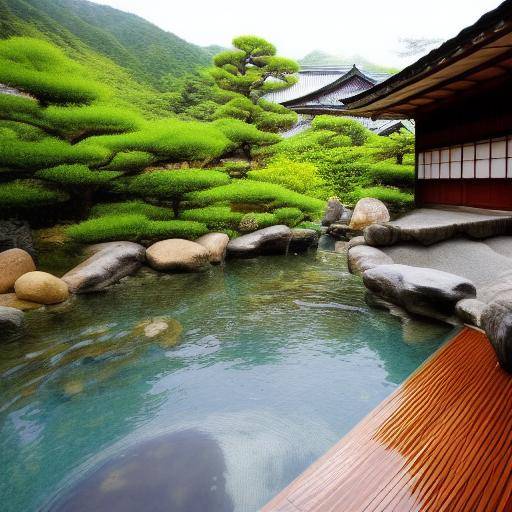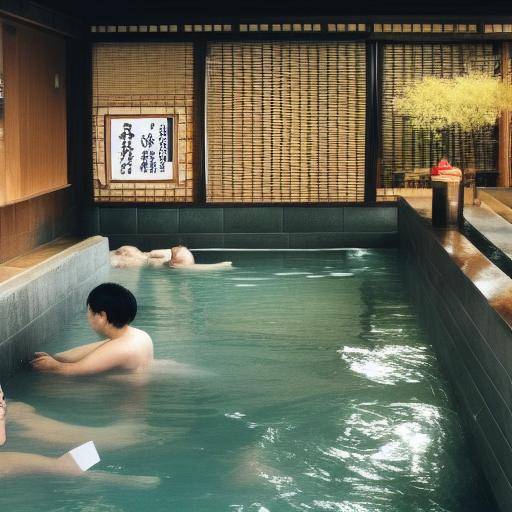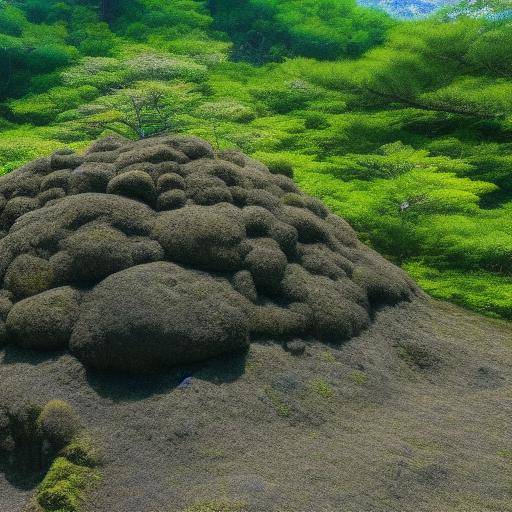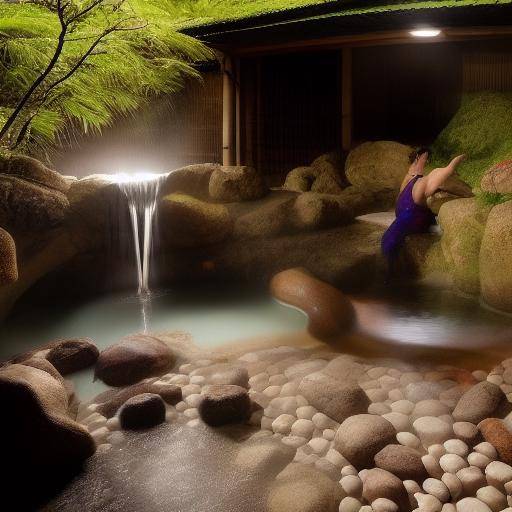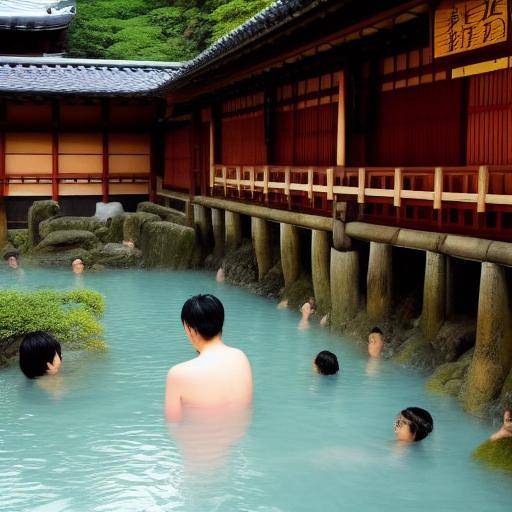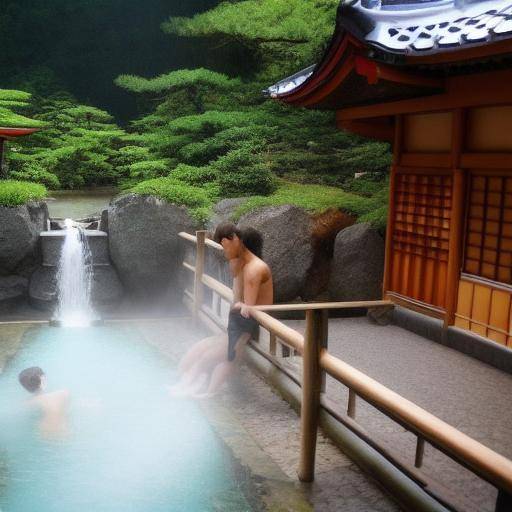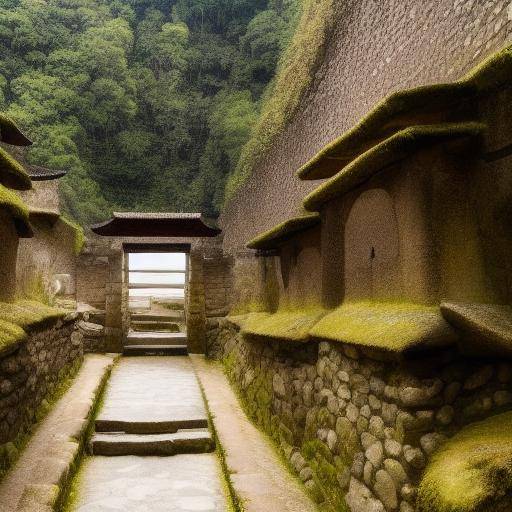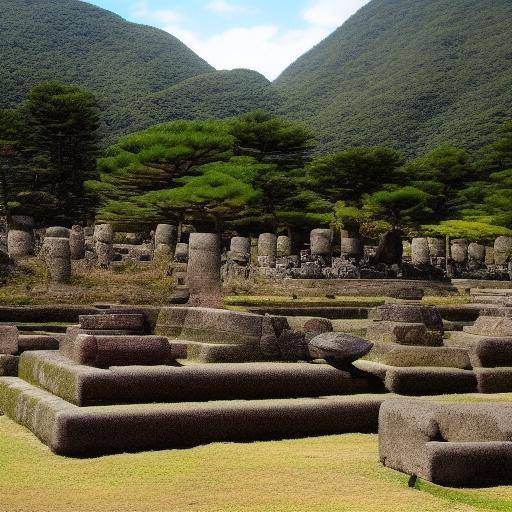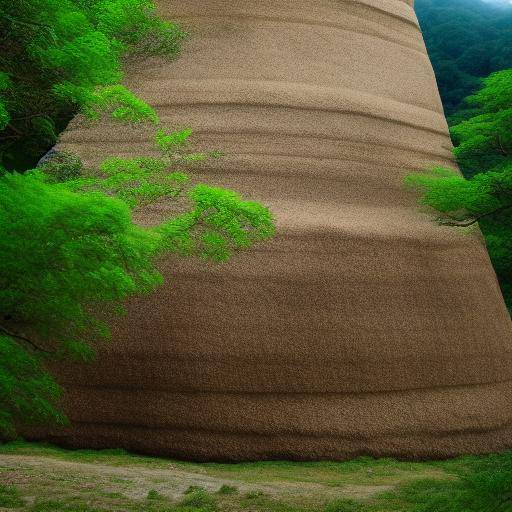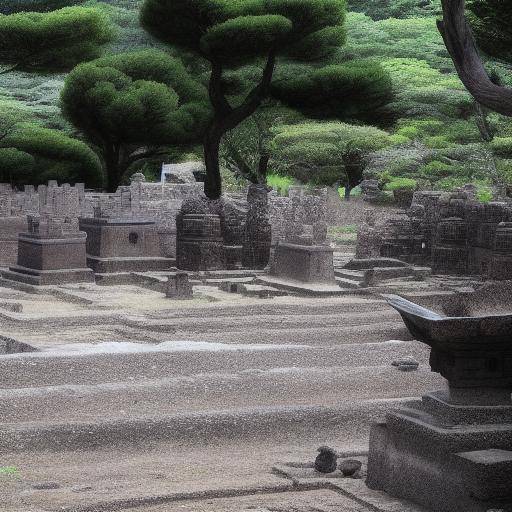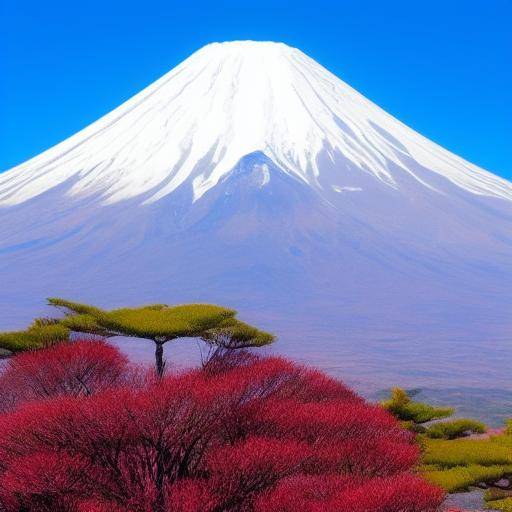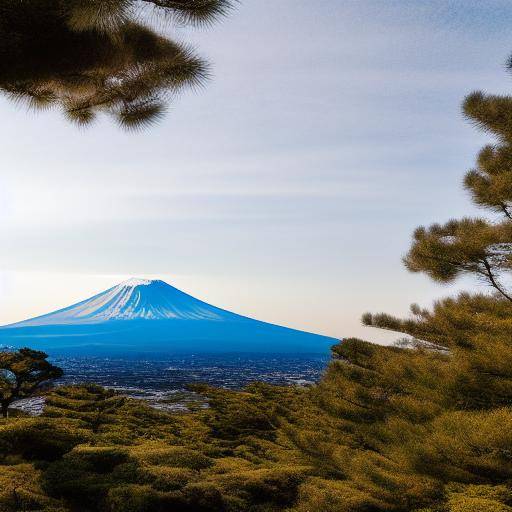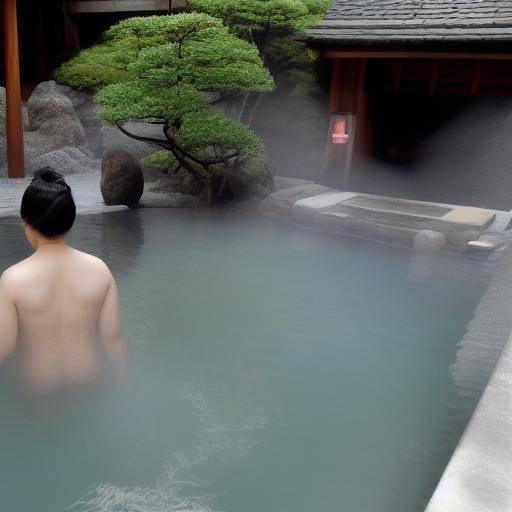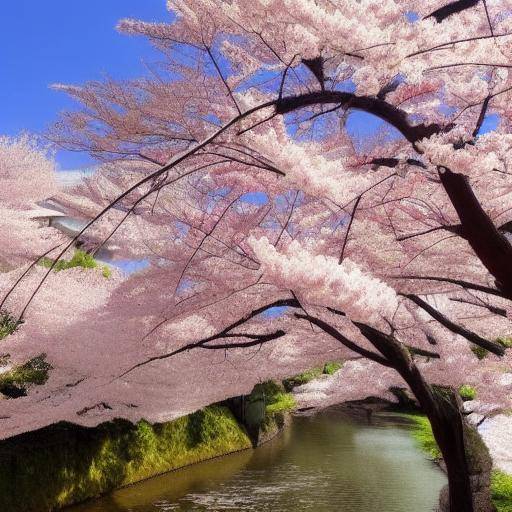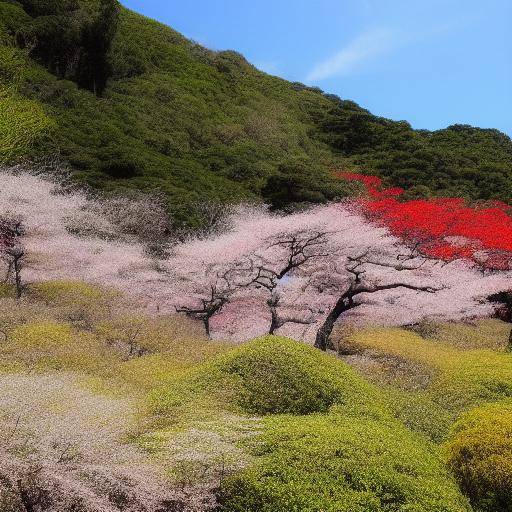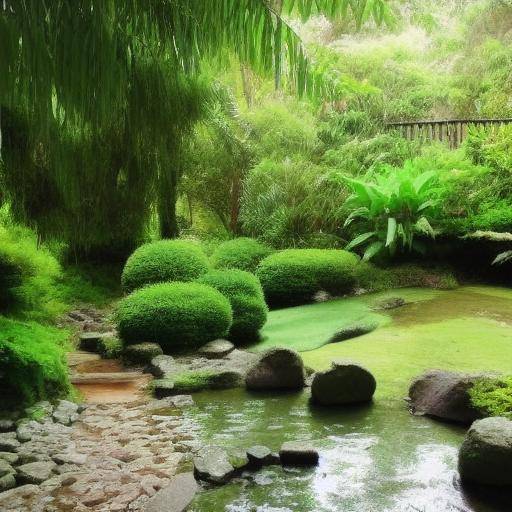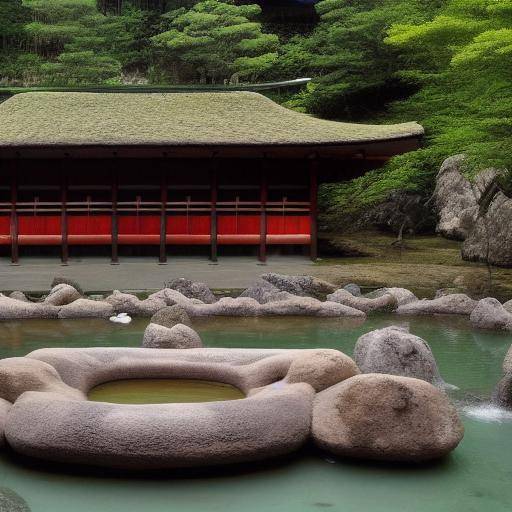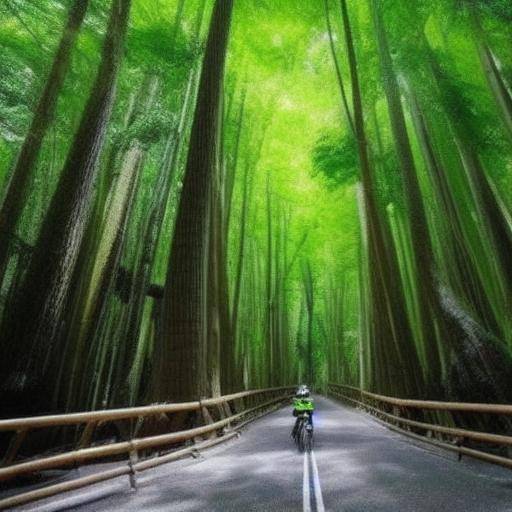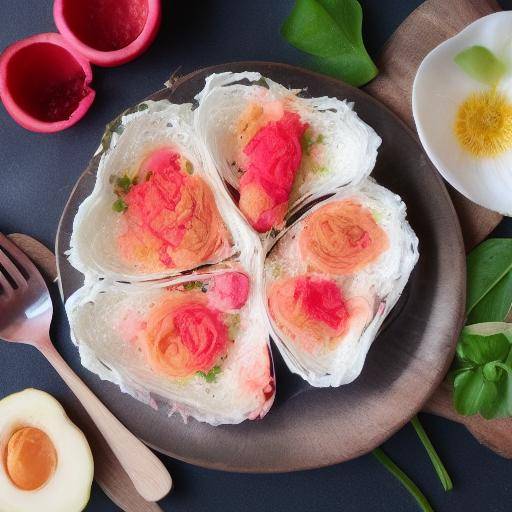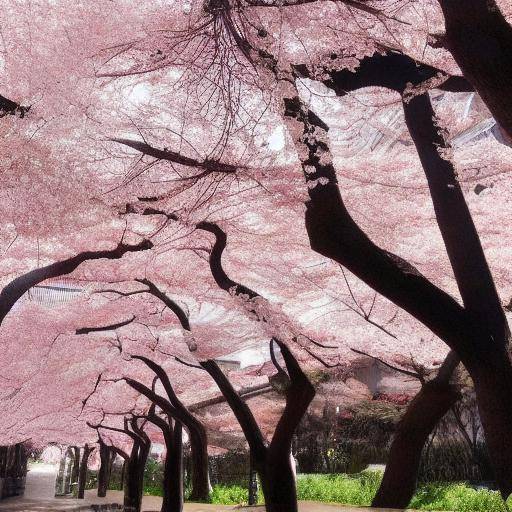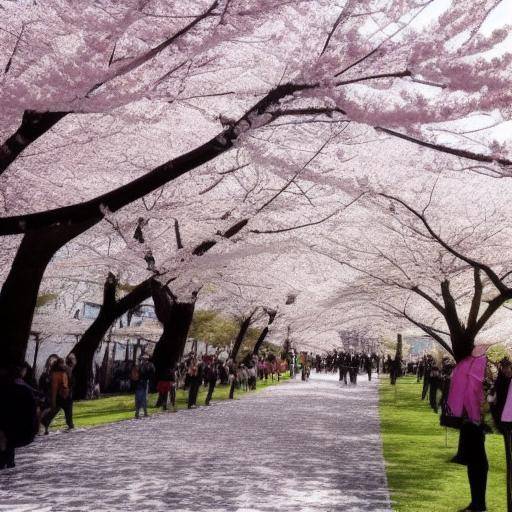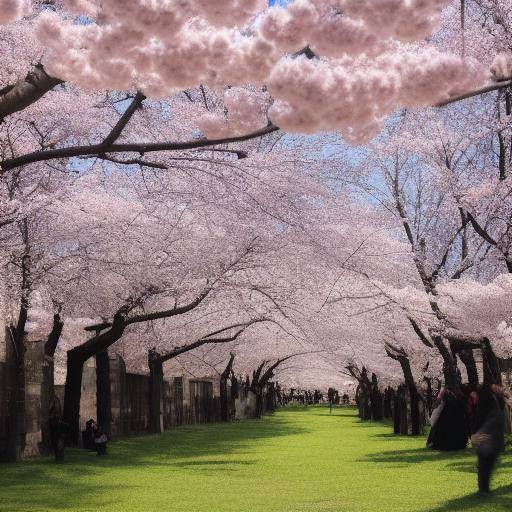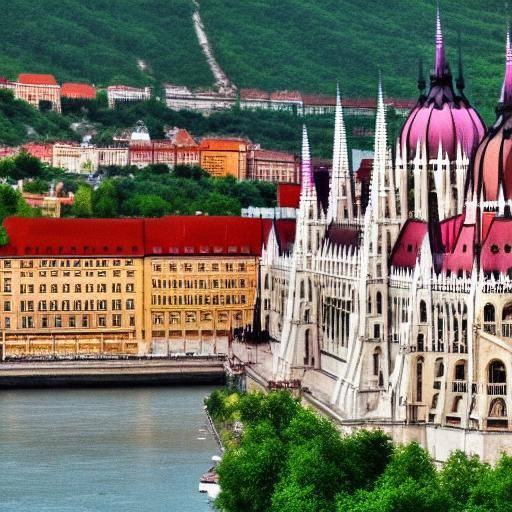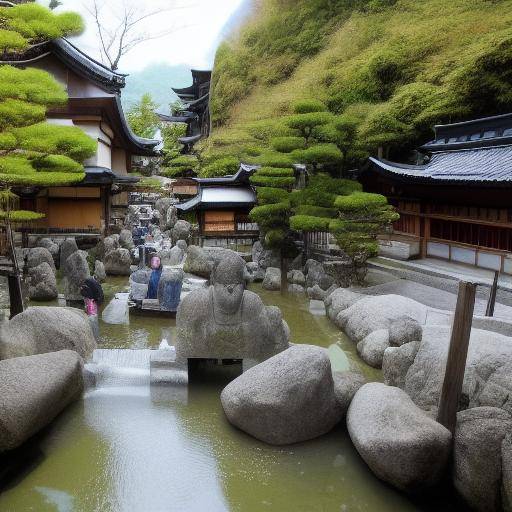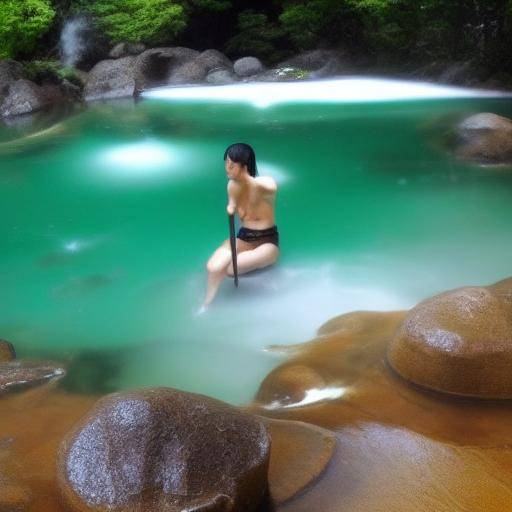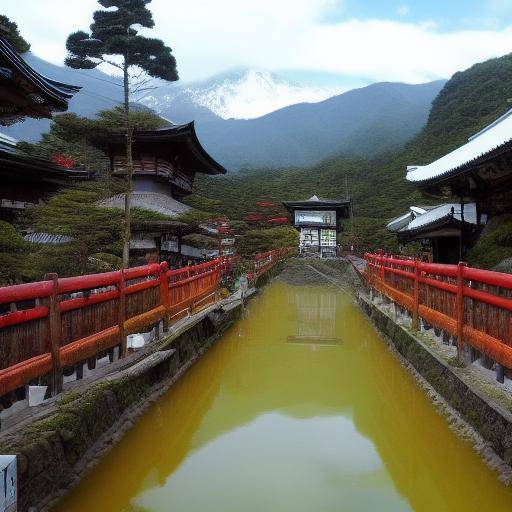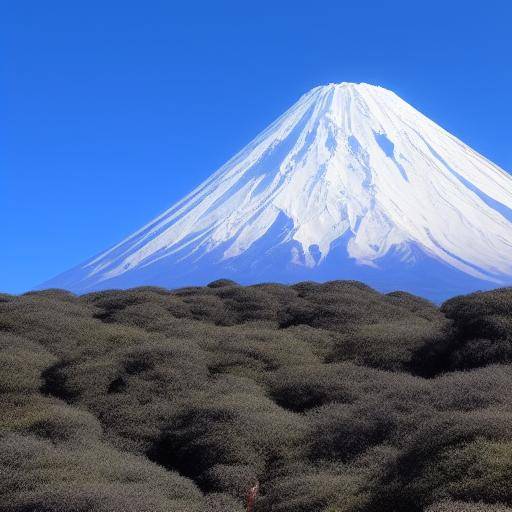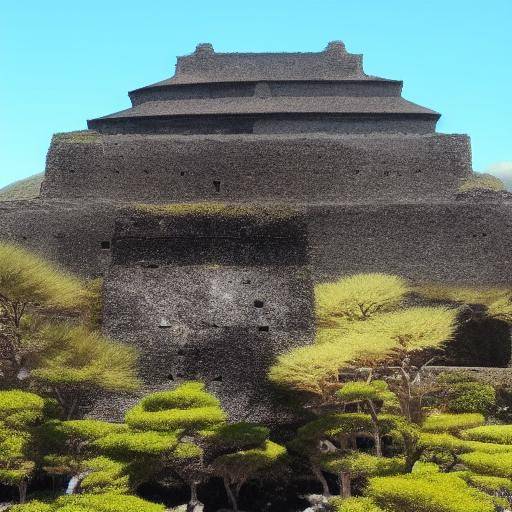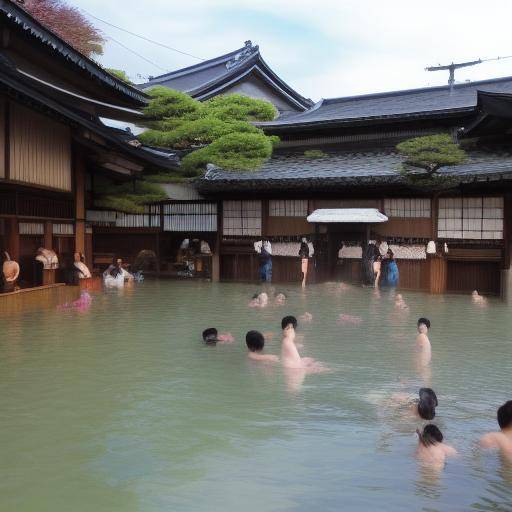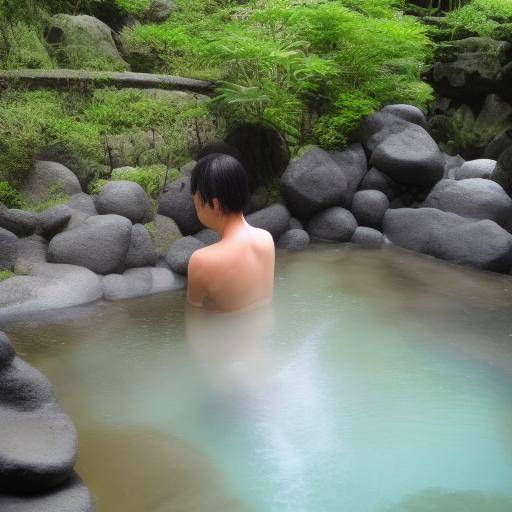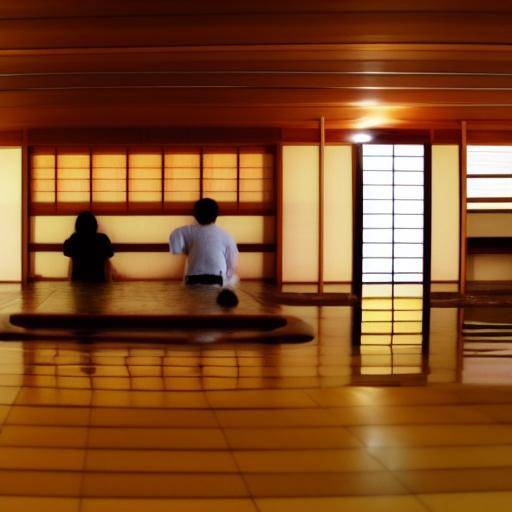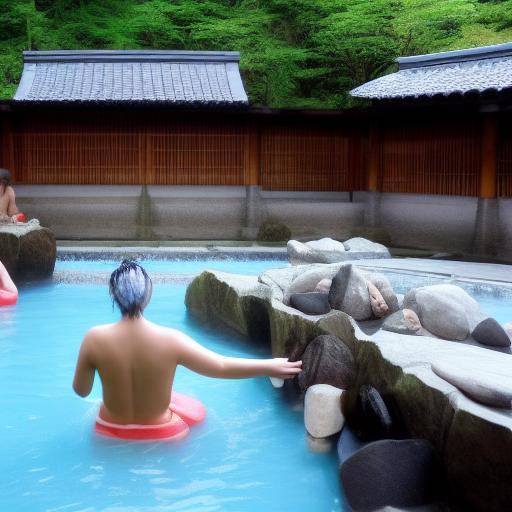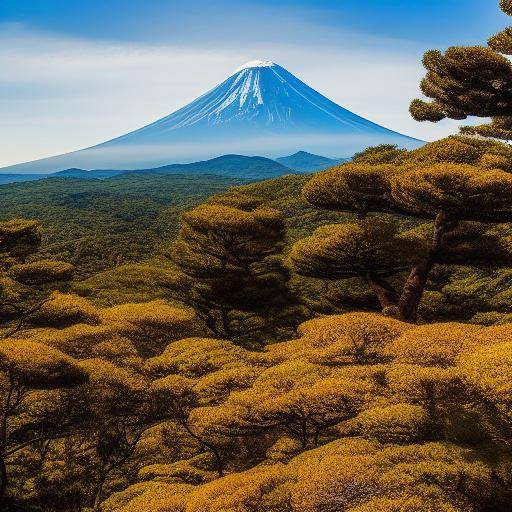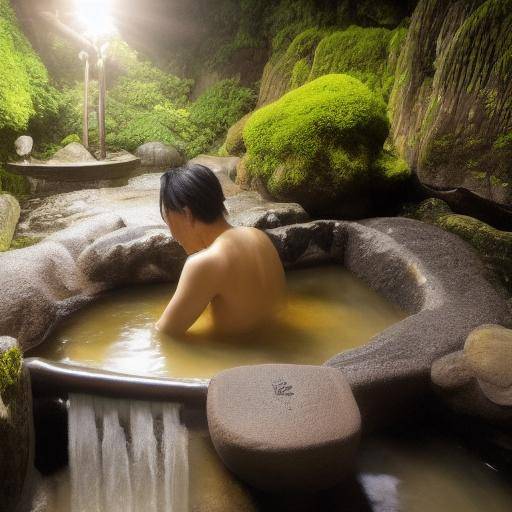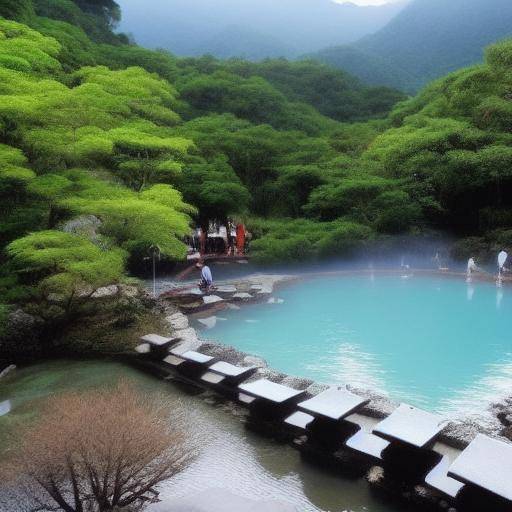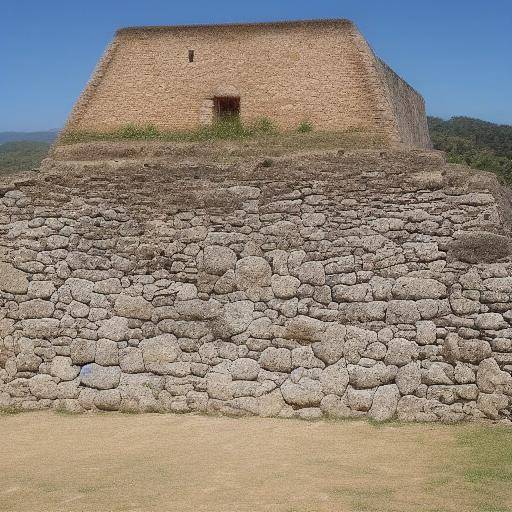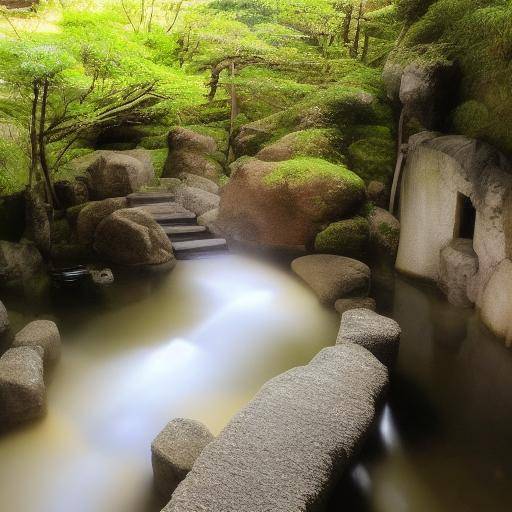
The onsen, one of Japan's most emblematic traditions, are relaxing baths that offer a unique and unforgettable experience. Dive into Japanese hot springs and discover a world of relaxation, tradition and well-being. In this article, we will thoroughly explore the onsen, its cultural significance, its impact on Japan and the therapeutic benefits of thermal waters. Join us on this journey of discovery and relaxation through the onsen in Japan.
History and Origin of the Onsen
The onsen have deep roots in Japanese history and culture. It is believed that its origin dates back thousands of years ago, when the therapeutic properties of hot water in Japan were discovered. During the Edo period, the onsens were popularized as places of rest and healing for samurai and tired travelers. Over time, the onsen became an integral part of Japanese life, associated with relaxation, spiritual cleansing and communion with nature.
Therapeutic Benefits of Thermal Waters
The hot springs of Japan are known for their therapeutic properties, ranging from relieving muscle and joint pains to improving blood circulation and skin health. They contain a variety of beneficial minerals, such as sulfur, calcium, magnesium and iron, which offer multiple health benefits. Dipping into an onsen not only provides physical relief, but also calms the mind and spirit, offering a holistic experience of relaxation and renewal.
Experience of the Onsen
Visiting an onsen is more than immersed in thermal waters; it is a complete cultural experience. The onsen are usually located in picturesque natural environments, such as mountains, forests or coasts, allowing you to enjoy beautiful views while relaxing in the thermal waters. In addition, Japanese traditional baths often have facilities such as saunas, steam baths and relaxation areas, which complement the rejuvenation experience.
Onsen Label and Traditions in Japan
Before immersed in the experience of an onsen, it is important to become familiar with the label and traditions surrounding it. For example, it is essential to wash thoroughly before entering the thermal waters to maintain their purity. In addition, in many onsen it is necessary to dispense with clothes and immerse yourself completely naked, which reflects the Japanese attitude towards nakedness as a symbol of sincerity and humility.
Types of Onsen and Popular Destinations in Japan
Japan hosts a wide variety of onsen, ranging from modern thermal complexes to charming traditional outdoor baths. Some of the most popular destinations include Hakone, Beppu, Kusatsu and Noboribetsu, each with their own unique thermal waters and stunning natural environments. Travelers can choose from a wide variety of onsen, from outdoor pools with panoramic views to indoor bathrooms decorated with exquisite traditional details.
Onsen Traditional vs. Onsen Modernos
As the onsen culture evolves, different styles have been developed, from traditional wood and rock baths to luxurious facilities with modern amenities. While traditional onsen offer authenticity and nostalgia, modern thermal complexes provide a range of services such as restaurants, accommodation and recreational activities, which attracts a diverse audience and expands the experience beyond relaxation in thermal waters.
Practical Tips to Enjoy the Onsen Experience
Before visiting an onsen in Japan, it is important to take into account some practical recommendations to maximize the experience. Be sure to investigate the specific norms and labels of each onsen, including opening hours, clothing restrictions, hygiene rules and any relevant cultural consideration. Also, take into account the tourist seasons, as certain onsen may be more crowded at certain times of the year.
The Future of the Onsen and the Hot Springs in Japan
Despite its long and rich history, the onsen and the thermal waters remain a fundamental part of Japanese life and culture. However, the sector faces emerging challenges and opportunities, such as sustainability, technology applied to thermal facilities and the promotion of responsible tourism. The future of the onsen in Japan will depend on its ability to adapt to the changing trends and demands while maintaining its traditional authenticity and charm.
Conclusion
The waves in Japan offer a unique opportunity to immerse themselves in a cultural and healing legacy that endures over the centuries. Whether you seek physical, emotional or spiritual rest, the onsen invite you to immerse yourself in a world of tranquility and renewal. Discover the magic of the Japanese onsen, where tradition and relaxation merge into an unforgettable experience.
Frequently asked questions
Can I visit an onsen if I have tattoos?
In Japanese culture, tattoos are often associated with crime and therefore many onsen have policies that prohibit entry to people with visible tattoos. However, some establishments can tolerate small tattoos if covered with appropriate patches or garments. Before visiting an onsen, it is important to know about your policies regarding tattoos.
What are the health benefits of onsen?
Dipping in thermal waters can relieve stress, improve blood circulation, relieve muscle and joint pains, and promote skin health. The minerals present in the thermal waters offer therapeutic benefits that have been appreciated for centuries in traditional Japanese medicine.
Can I use a mobile phone or camera on an onsen?
Most of the onsen have strict policies regarding the use of electronic devices. With respect to others and to preserve the serenity of the environment, the use of mobile phones and photographic cameras in the bathrooms is often prohibited.
Are the onsen suitable for children?
Some onsen have age restrictions, while others are more suitable for families. It is important to investigate and select an onsen that is suitable for children if you plan to visit it with your family.
What is the best time of the year to visit the onsen in Japan?
The best time to visit the onsen can vary according to the region of Japan. In general, spring and autumn are usually ideal periods due to the temperate climate and the beauty of the surrounding natural landscapes.
What is the difference between an onsen and a sitting in Japan?
Both the onsen and the seated are public baths in Japan, but the main difference lies in the origin of the water: the onsen use natural thermal waters, while the seated use hot running water. Onsen are usually found in rural and mountainous environments, while seated are more common in urban areas.
With this complete guide, you are ready to enjoy a rejuvenating experience in Japan's onsen. Dive into the hot springs, relax like the locals and get carried away by the beauty and serenity of these traditional baths. Get ready to live moments of tranquility and well-being while exploring the fascinating culture of the onsen in Japan!

